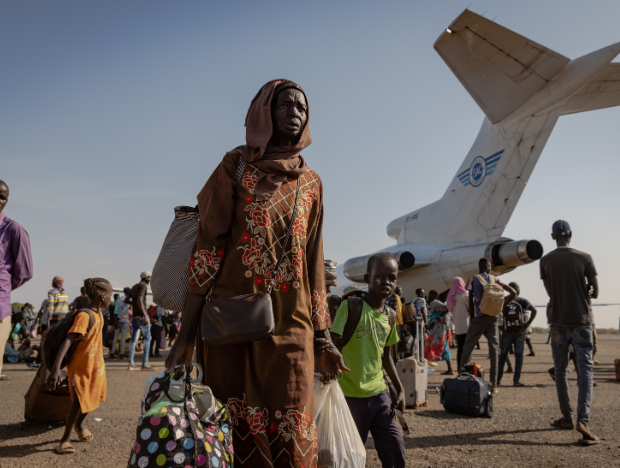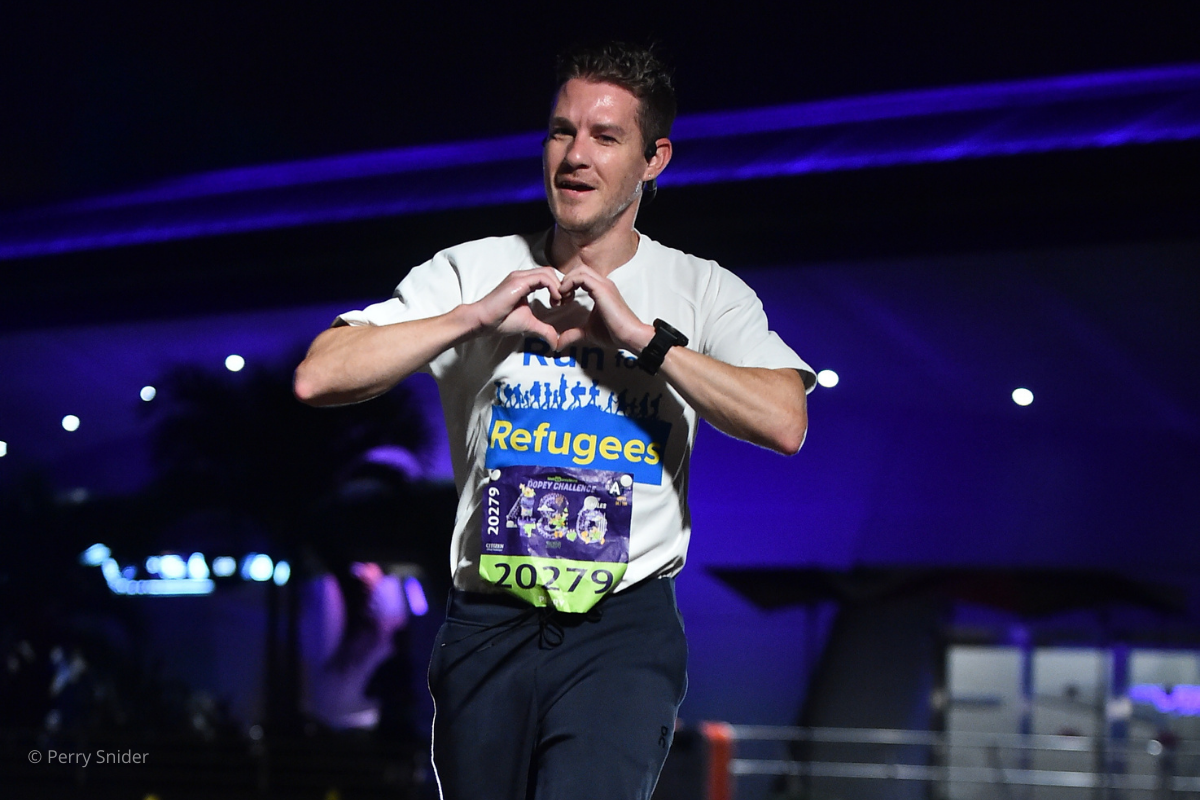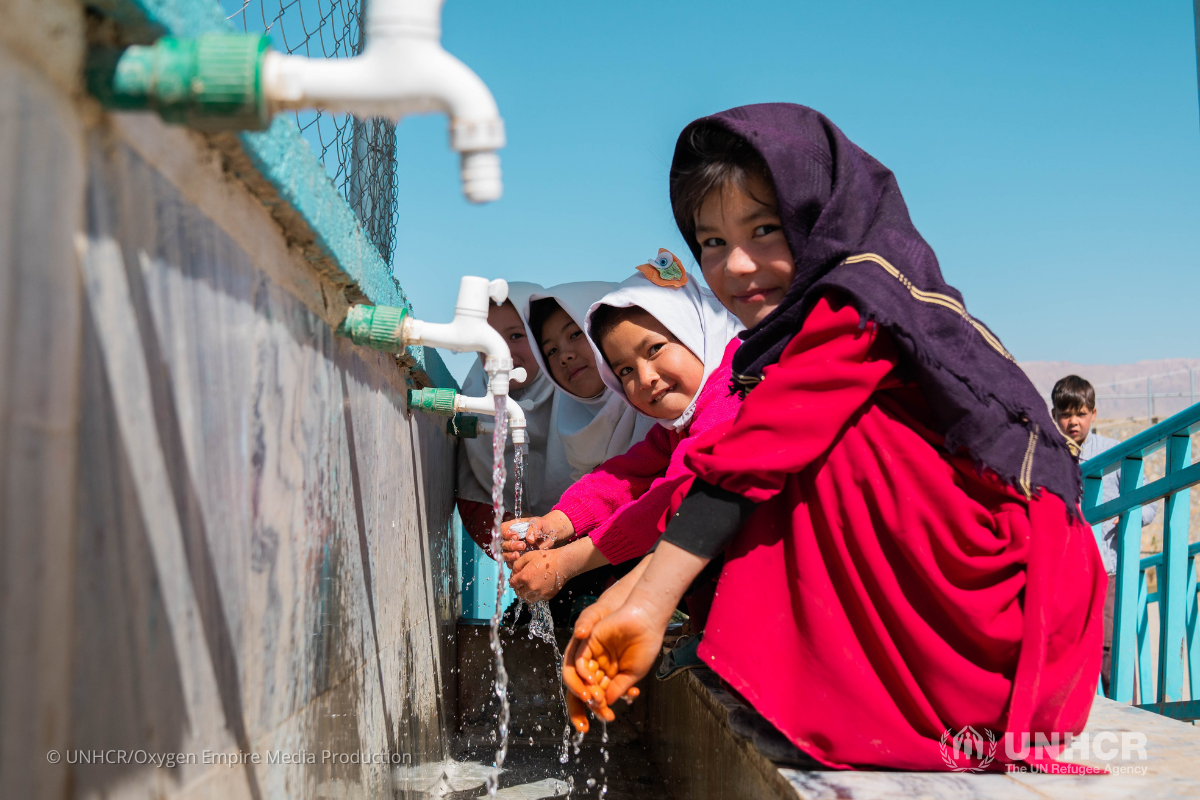How UNHCR is helping Ethiopian refugees fleeing to Sudan
For decades, Ethiopia has been both a major refugee hosting country and also the producer of a large number of refugees and internally displaced people. But over the last year, violence in the Tigray region of the country has forced a new wave of Ethiopians to flee their homes. The government has declared the situation a state of emergency since November 2020 and there is no end to the conflict in sight.
In addition to the estimated 2.1 million internally displaced people (IDPs) in the Tigray region, there are also 250,000 IDPs in the Amhara region and 112,000 in the Afar region. And that is just those who have remained within the country. Many more displaced Ethiopians are fleeing to neighboring countries like Sudan, which has stepped up efforts to address the needs of newly displaced people arriving in search of safety.
In refugee camps like Um Rakuba in eastern Sudan—which reopened in November 2020 to accommodate Ethiopians fleeing conflict in the Tigray region—UNHCR, the UN Refugee Agency, is working with partner organizations and the Sudanese government to establish programs to help vulnerable Ethiopian refugees and their host communities. These are three of the lifesaving programs in place today.
Health Clinic and Nutrition Center
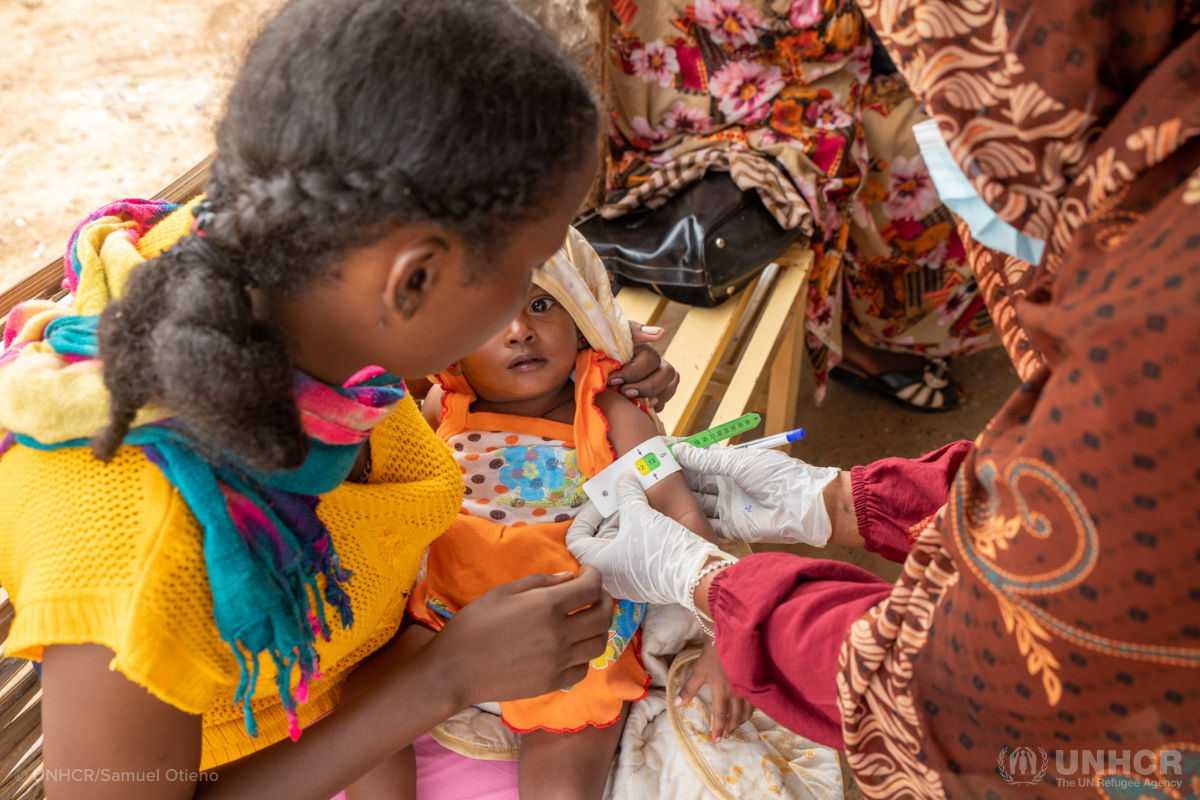
The first key program at the Um Rakuba refugee camp is the health clinic and nutrition center, where Ethiopian refugees and host community members can access health services free of charge. This facility not only addresses the health needs of the community, but is vital in ensuring healthy growth for babies and children. Every day, parents bring their children to the clinic for nutritional screenings, performed through upper arm measurements and growth tracking. They are then given guidance on how to best address the nutritional needs of their children so they can begin to thrive.
Biometric Verification
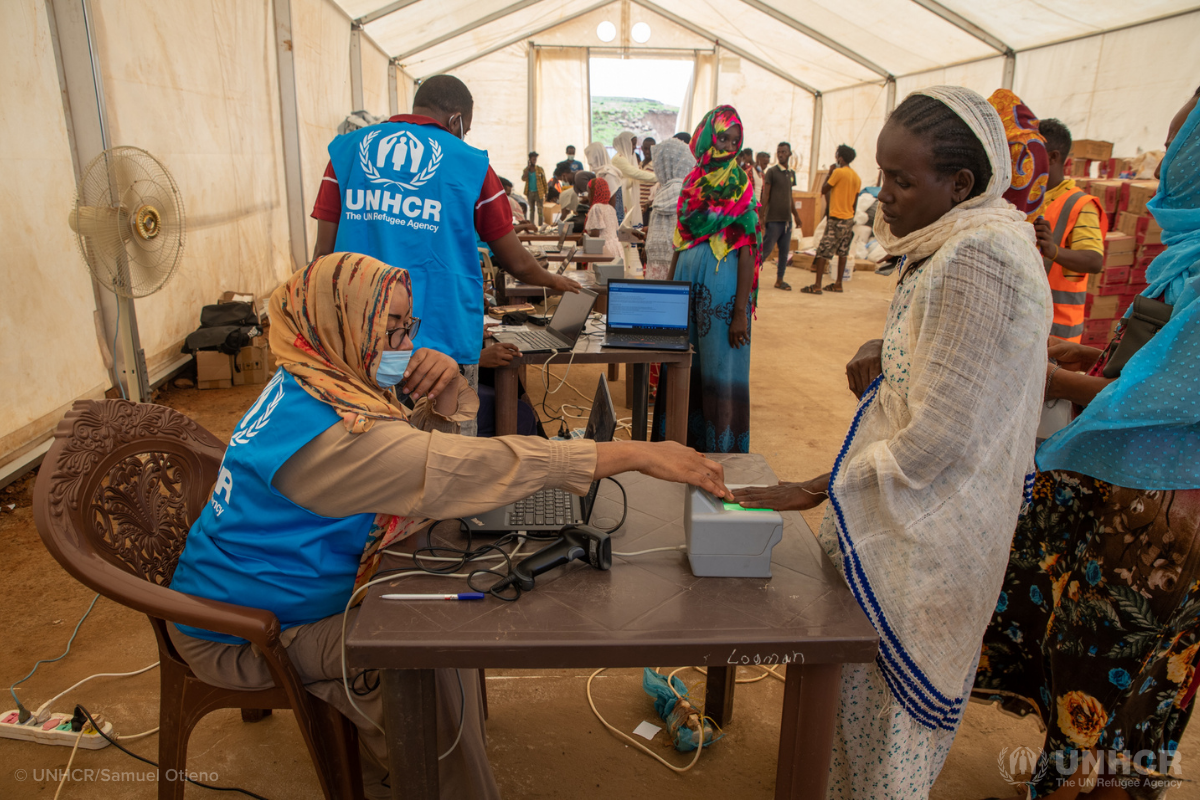
Cutting-edge technology, like biometric verification systems, are key to keeping track of the number of refugees entering Um Rakuba refugee camp and the supplies needed to provide for them as well as new arrivals. This system uses refugees’ unique fingerprints to track their refugee status and needs. When verified refugees arrive at the distribution center in Um Rakuba, the biometric verification system helps UNHCR provide them with food and core relief items such as buckets, soap and sanitary kits.
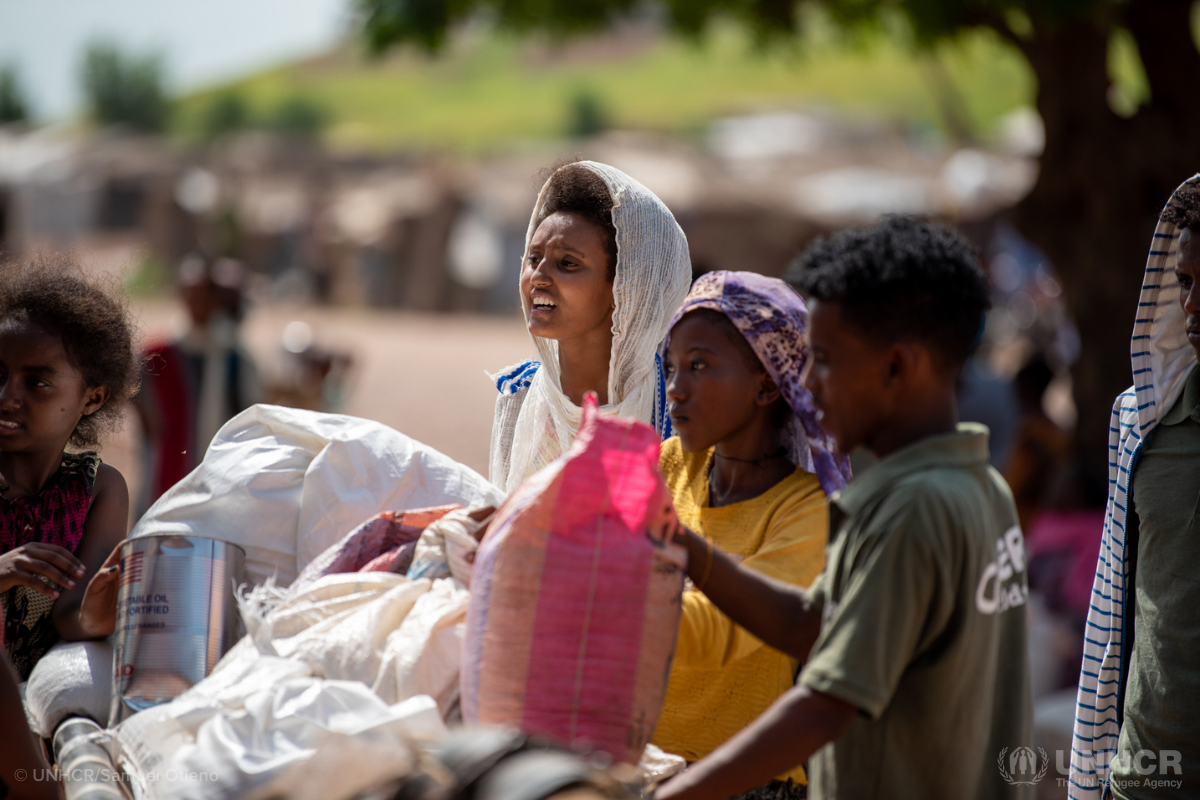
Learning Centers
One of the first services UNHCR helped establish in Um Rakuba refugee camp when it reopened in November 2020, was educational programming and learning centers. Children fleeing the Tigray region of Ethiopia miss out on important learning opportunities when conflict erupts in their neighborhoods. UNHCR has prioritized getting them back in school as soon as possible. What started out as makeshift classrooms with volunteer teachers, grew into real learning centers where kids can now catch up on their education as well as enjoy recreational activities.
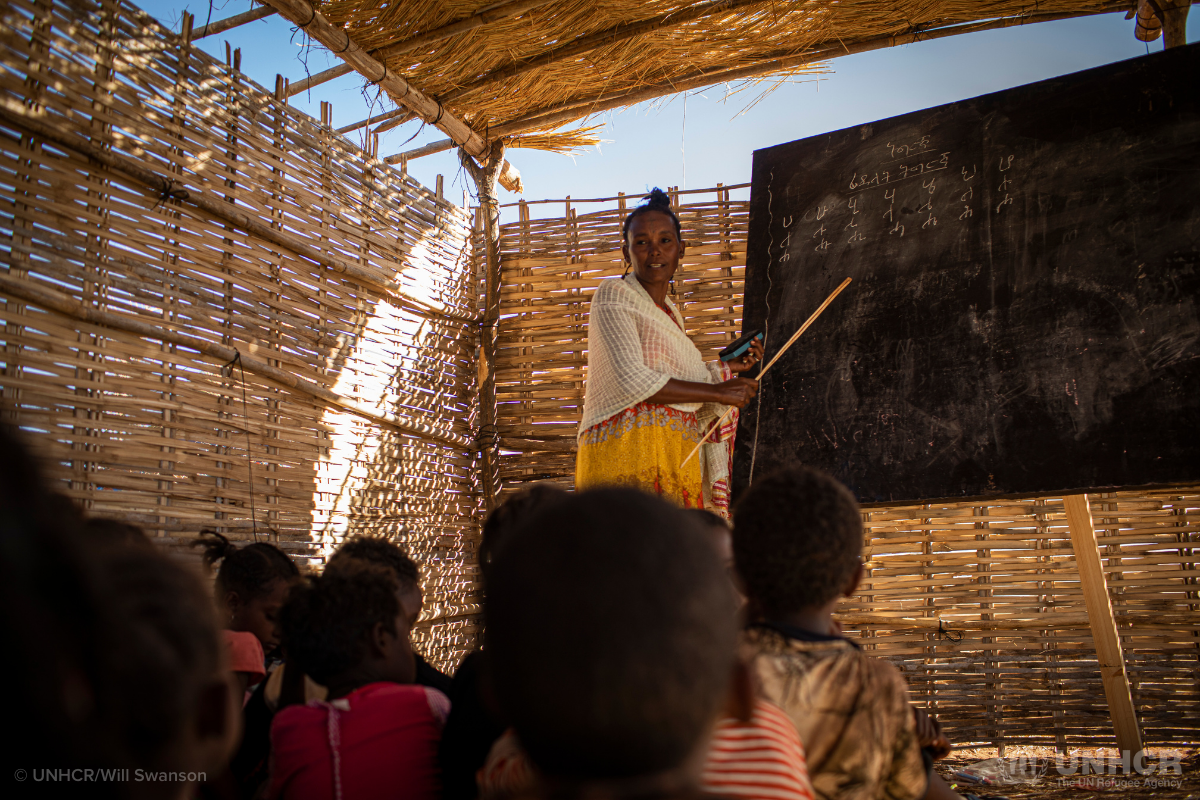
While UNHCR, partner organizations and neighboring governments work hard to ensure that people fleeing the Tigray region of Ethiopia have the protection and tools they need to survive, there is still more work to be done. Thousands of Ethiopians continue to be displaced by conflict in the region, and the need for humanitarian assistance is increasing rapidly.
How you can help…
Help support existing programs like these and protect newly displaced Ethiopians by becoming USA for UNHCR’s newest monthly donor. Your compassionate gift can help displaced people in the Tigray region feel safe, gain stability and begin rebuilding their lives after months of devastating conflict.
